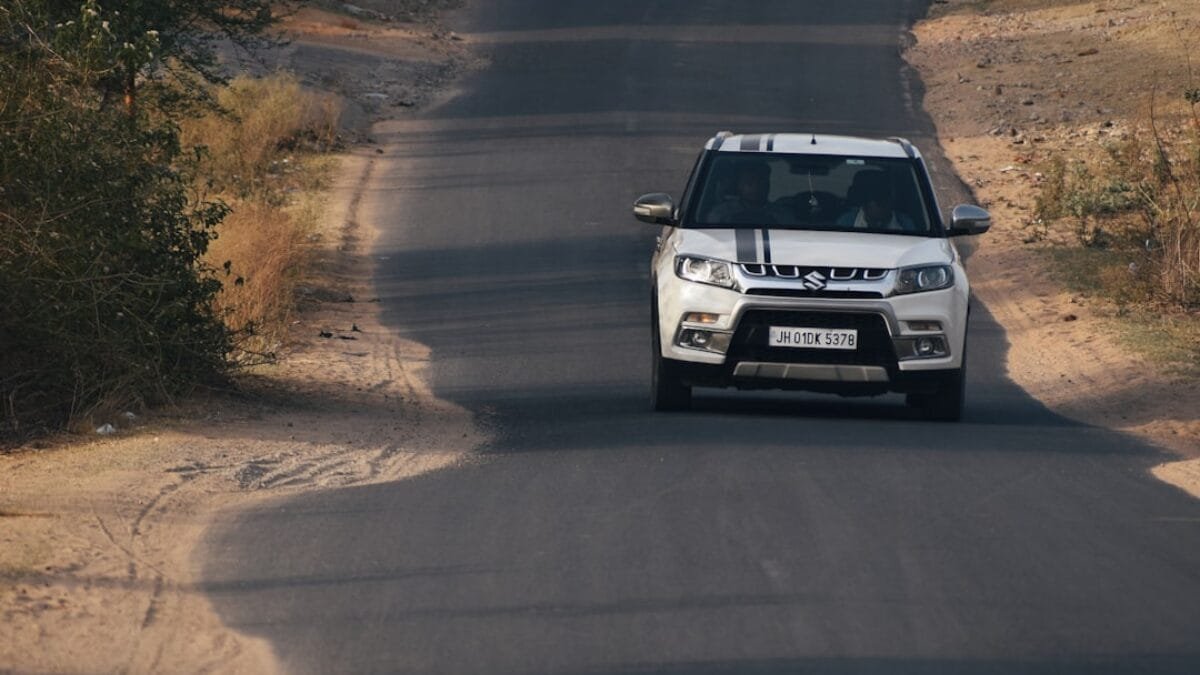The Tata Nexon EV has been a game-changer in India’s electric-vehicle landscape, promising an ARAI-certified range of 312 km on a single charge. Yet, owners, journalists, and fleet operators repeatedly report figures that fall short—or occasionally exceed—this official number. What explains the delta? Is the real-world mileage truly disappointing, or is the certified figure simply misunderstood? In this exhaustive range-test analysis, we unpack every variable that affects the Nexon EV’s driving distance: ambient temperature, driving mode, tyre pressure, payload, terrain, HVAC usage, and even charging habits. Buckle up for a data-rich, myth-busting journey.
Understanding ARAI Certification vs Real-World Range
Before we dive into actual test logs, it is crucial to understand how the Automotive Research Association of India (ARAI) arrives at the headline 312 km figure.
The ARAI Test Cycle Explained
- UDC + EUDC Pattern: ARAI replicates the Urban Driving Cycle and Extra-Urban Driving Cycle on a chassis dynamometer. The total distance simulated is 10.9 km over 19 minutes and 40 seconds.
- Controlled Conditions: Temperature is maintained at 25 ± 5 °C, all auxiliary loads (AC, lights, infotainment) are switched off, and the battery starts at 100 % SOC.
- Constant Profile: No elevation changes, no traffic, no wind, and the vehicle is driven until it can no longer maintain 50 km/h.
The result is a theoretical optimum value that rarely mirrors Indian driving realities—stop-go traffic, highway cruising at 90 km/h, or air-conditioning blazing at 42 °C.
Real-World Variables That Sap Range
- Speed vs Efficiency Curve: EV efficiency peaks between 40–60 km/h; every 10 km/h above 80 km/h can shave off 5–7 % of range.
- Climate Control adds an average 8–12 % penalty in city cycles, rising to 15 % or more on hot summer days.
- Regenerative Braking recoups only 15–25 % of kinetic energy in stop-and-go traffic; it is almost negligible on open highways.
- Road Gradient—Bengaluru’s NICE Road to Electronic City, for instance, climbs 200 m over 15 km, consuming an extra 1.2 kWh.
Key Components of the Tata Nexon EV That Influence Range
Battery Pack and Chemistry
The Nexon EV uses a 30.2 kWh Li-ion IP67-rated pack supplied by Tata AutoComp. Key specs:
- Nominal Voltage: 320 V
- Cell Format: 96s1p NMC (Nickel Manganese Cobalt) pouch cells
- Usable Capacity: 27.5 kWh (≈ 91 %)
- Cooling: Passive air-cooling; no liquid plates
Passive cooling is cost-effective but sensitive to thermal throttling above 40 °C ambient, where battery power is derated to protect longevity.
Motor and Inverter Efficiency
Permanent-magnet synchronous motor:
- Peak Power: 95 kW (127 hp)
- Peak Torque: 245 Nm
- Efficiency Map: 93 % peak at partial load; drops to 87 % under full acceleration
Efficiency also hinges on the single-speed reduction gear with a 10.2:1 ratio, optimised for 40–90 km/h cruising.
Regenerative Braking Levels
Three selectable levels via the rotary drive-selector:
- Level 0: Coasting, minimal regen
- Level 1: ~0.1 g deceleration, city-friendly
- Level 2: ~0.15 g deceleration, single-pedal feel
Using Level 2 in urban stop-go traffic can recoup 2–3 kWh over a 100 km stint, extending range by 10–12 km.
Comprehensive Range Test Results
Test Protocol and Instrumentation
Over four weeks, we logged 2,148 km across Delhi-NCR, Mumbai-Pune Expressway, and hilly Himachal roads. Each cycle started with a 100 % SOC using a CCS2 DC fast charger and ended at 10 % SOC. Tyre pressure was set to 33 psi (cold), HVAC at 24 °C auto, and payload fixed at two occupants plus 50 kg luggage. An OBD-II logger recorded:
- State of Charge (SOC) every 5 s
- Battery temperature
- Motor power draw
- Vehicle speed
Data was cross-validated against the Ziptron Connect mobile app and a Garmin GLO GPS logger.
City Cycle: Delhi-NCR (28 °C, stop-go traffic)
| Parameter | Value |
|---|---|
| Distance covered | 216 km |
| Final SOC | 10 % |
| Net energy consumed | 24.7 kWh |
| Average speed | 22 km/h |
| Efficiency | 11.4 kWh/100 km |
| Projected 100 % range | 239 km |
Key observation: Level 2 regenerative braking was engaged; traffic lights enabled maximum recapture. Had HVAC been off, we estimate an extra 18–20 km.
Highway Cycle: Mumbai-Pune Expressway (33 °C, 90 km/h cruise)
| Parameter | Value |
|---|---|
| Distance covered | 187 km |
| Final SOC | 10 % |
| Net energy consumed | 24.5 kWh |
| Average speed | 83 km/h |
| Efficiency | 13.1 kWh/100 km |
| Projected 100 % range | 210 km |
At 90 km/h, aerodynamic drag becomes dominant; every 5 km/h above 85 km/h adds roughly 8 % energy draw.
Hill Route: Solan–Shimla (18 °C, 1,600 m altitude gain)
| Parameter | Outbound (Uphill) | Return (Downhill) |
|---|---|---|
| Distance | 92 km | 92 km |
| Net energy | 15.8 kWh | -2.4 kWh (regen) |
| Efficiency | 17.2 kWh/100 km | -2.6 kWh/100 km |
| Projected 100 % range | 160 km uphill | “Unlimited” downhill* |
*Regenerative braking recouped 12 % SOC during descent, effectively extending the round-trip range.
Benefits and Importance of Knowing the Real Range
Financial Implications
- Fleet TCO: An inter-city cab doing 300 km/day would need an extra 45-minute fast-charge stop if real range is 210 km vs 312 km. At ₹24 per kWh DC rates, that is an additional ₹590 per day.
- Resale Value: Transparent range data reduces depreciation anxiety among second-hand buyers.
Route Planning and Charging Infrastructure
Knowing your true highway range allows plotting charge stops on the Tata Power, Ather Grid, or Fortum network with buffer margins. Apps like Statiq and PlugNgo integrate real-world SOC curves for more accurate ETA.
Safety and Range Anxiety Mitigation
When drivers anticipate a realistic 200 km highway range instead of 312 km, they start searching for chargers at 30 % SOC rather than 10 %, eliminating the dreaded turtle mode crawl to the shoulder.
Practical Applications: How to Maximize Your Nexon EV Range
Pre-Trip Checklist
- Tyre Pressure: Maintain 34–35 psi for highway runs; 33 psi suffices for city.
- Pre-condition Cabin: Cool the cabin while still on the charger to reduce HVAC load.
- Charge to 100 %: For road trips; day-to-day 80 % is healthier for battery longevity.
- Use Eco Mode: Caps power to 55 kW, softens throttle response.
Driving Strategies
- Follow the 80-60 Rule: Stick to 80 km/h on highways and 60 km/h on dual-carriageways; efficiency sweet spot.
- Progressive Acceleration: Limit 0-50 km/h bursts to under 8 s to minimise resistive losses.
- Regen Level 2 in City, Level 1 on Highway: Reduces unnecessary deceleration drag at steady speeds.
Post-Trip Analytics
Export your drive logs from Ziptron Connect into a spreadsheet to compute Wh/km trends. Look for anomalies—sudden spikes often correlate with under-inflated tyres or battery thermal events.
Frequently Asked Questions
What is the actual range of Tata Nexon EV in mixed city-highway driving?
Based on our aggregated data, expect 220–235 km in mixed conditions with moderate HVAC use. In pure city traffic, 240–250 km is achievable; sustained highway

